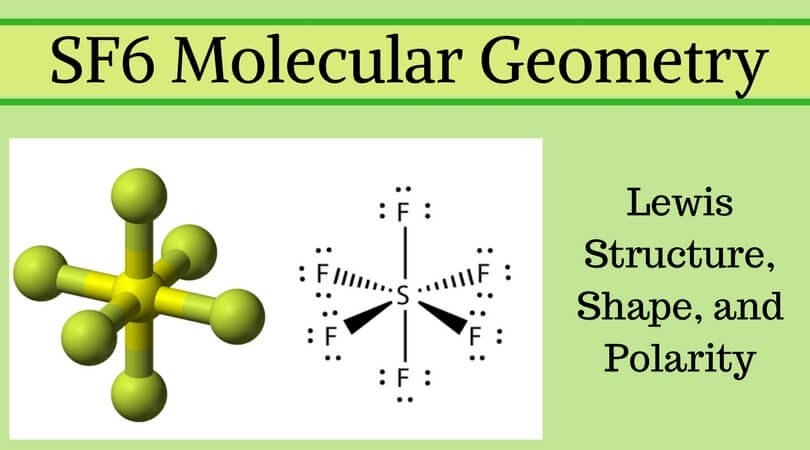

The chemical model for the SF 6 and SF 6/O 2 plasmas used in the etching of silicon was studied previously in our laboratory 19. Since some of the parameters and coefficients, such as electron number density, branching ratios and heterogeneous reaction rate constants, are very difficult to evaluate, an additional test was done by changing some of the parameters within their range of uncertainty. The sensitivity coefficients 26 were calculated by the Direct Decomposed Method 27 in order to estimate the effect of parameters' uncertainties on the predicted concentrations. The kinetic results were analysed by comparing the relative importance of each reaction, in other words, by calculating the contribution of each step to the total rate of concentration change for each specie.

The differential equations were solved using the Runge-Kutta-4-Semi-Implicit Method 24 as implemented in the kinetic program KINAL 25. Nevertheless, the conditions of the work of Smolinsky and Flamm 22, for CF 4/O 2, were preferred in order to compare the present simulation with the results of Part 1 1.įurther details on the formulation of this sub-model can be found in our previous papers 1,19. Oxygen and fluorine atoms were observed by emission spectroscopy.

The analysis of the stable products was performed by infrared spectroscopy/gas chromatography and gas chromatography/mass spectrometry. In their work, the SF 6/O 2 mixtures at a total gas number density of 3.0 ´ 10 16 cm -3 (1.0 Torr) in a 5 cm length aluminium tube with 27 ccSTP/min flow rate, were excited by a 45 W, 27 MHz discharge. These conditions are not exactly the same as those of the experiments of d'Agostino and Flamm 23. In that work, the total gas number density was 1.6 ´ 10 16 cm -3 (0.5 Torr) and the gas mixture was excited by a 49 W, 13.56 MHz discharge. The model was discussed by Bauerfeldt and Arbilla 19.Įxperimental data from Smolinsky and Flamm 22, for CF 4/O 2 mixtures, were used to choose the boundary conditions. Since the main goal of this study was the sensitivity and rate of production analysis 21, only slight modifications were made in the previous proposed models. 18, were used as a basis for the present kinetic scheme. The model of Ryan and Plumb 14, as well as kinetic data of Ryan 11, Kopalidis and Jorné 17 and Khairallah et al. Although limited, this approach enables the analysis of the chemical system without the need of invoking the steady-state approximation and provides information about the key processes. In solving the chemical sub-model, the other processes are considered in a parameterised, simplified way. In this work, as explained in more detail in Reference 1, the numerical integration is used to obtain a good understanding of the main chemical processes in the gaseous phase and to estimate the relative importance of individual reactions and the sensitivity coefficients S ij for the species (i) towards the model parameters (l j ). These processes are extremely complex to be modelled and solved, considering all the homogeneous processes in the gas phase and the heterogeneous processes occurring at the gas-solid interface 20. As discussed in that work, models for the plasma chemistry of SF 6/O 2 and CF 4/O 2 mixtures have been extensively investigated by different research groups 2-19. In a previous paper, the plasma chemistry of pure CF 4 and CF 4/O 2 mixtures has been studied 1. Keywords: sensitivity analysis, rate of production analysis, SF 6 decomposition


 0 kommentar(er)
0 kommentar(er)
